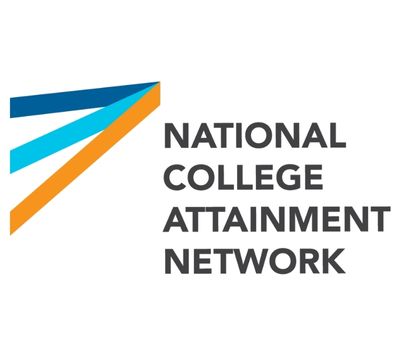In the Media
uAspire: Financially Safer Schools
October 3, 2022
By Jonathan Lewis, Senior Director of Research, uAspire
.jpg)
As we head into college application season, counselors are helping students create a list of institutions that would be a good fit. This is no easy task given the number of factors involved. To name a just a few, students and their families may value specific academic or career pathways, locations, cost and financial aid, sports or other extracurricular activities, institutional culture or campus feel. Considering the many community, regional, and national factors layered on top of what a student or family may prioritize individually, generating a college list can seem downright overwhelming.
At uAspire, we focus our efforts on helping students overcome financial barriers to college enrollment, persistence, and degree attainment. We’ve seen how the financial implications of a student’s choice determine whether they achieve those outcomes. And so, rather than rely on unhelpful college rankings (e.g., U.S. News & World Report) or existing frameworks (e.g., safety-match-reach), we decided to develop our own.
Beginning last fall, uAspire advisors started recommending that advisees add at least one institution that we determined to be “financially safer” to their college lists. (Importantly, we never advise students to remove a particular institution from their list; we want to encourage student agency and recognize the variety of factors at play.) We generated state-level and regional lists of financially safer schools by analyzing a dozen or so publicly available data points that directly or indirectly relate to college affordability. The data are sourced from the College Scorecard, reported by the colleges and universities themselves.
For example, net price tells a student how much they are likely to be asked to cover with personal savings, earnings from work, or loans. In our model, we include only net price metrics among dependent students with reported family incomes below $48,000 since that fit our advising population with greater precision. Using similar logic, we also included debt and repayment metrics among Pell-eligible students. Several graduation metrics are included because we reason that colleges with a higher percentage of students graduating are a better financial bet. We went a step further to include a race equity metric—the difference in graduation rates between students who identified as white and those who did not—which enables us to prioritize institutions that are best supporting BIPOC students toward degree attainment.
Our final lists include both public and private institutions, those that grant bachelor’s and associate degrees, colleges that are highly selective and those that offer open admissions. uAspire advisors review these lists with students and families typically during the fall. Reflecting on our first year with this new curriculum, advisors reported that most students were open to talking about how financial considerations ought to affect their college lists. Similarly, most were open to adding one or two institutions to the lists they had already generated based on our recommendations. In the spring, more students therefore had at least one affordable choice when reviewing financial aid offers.
Recognizing the tremendous variation among the nation’s nearly 4,000 degree-granting institutions, we enhance this framework each year with additional indicators of success and expand the model to more states and regions. This fall, we added an economic mobility indicator, using a formula developed by Third Way. The stakes for this work could hardly be higher. With college enrollment falling, loan debt at record levels, and degree attainment stagnating, we need to redouble our efforts to help students access a postsecondary education that is likelier to generate financial health and economic mobility.